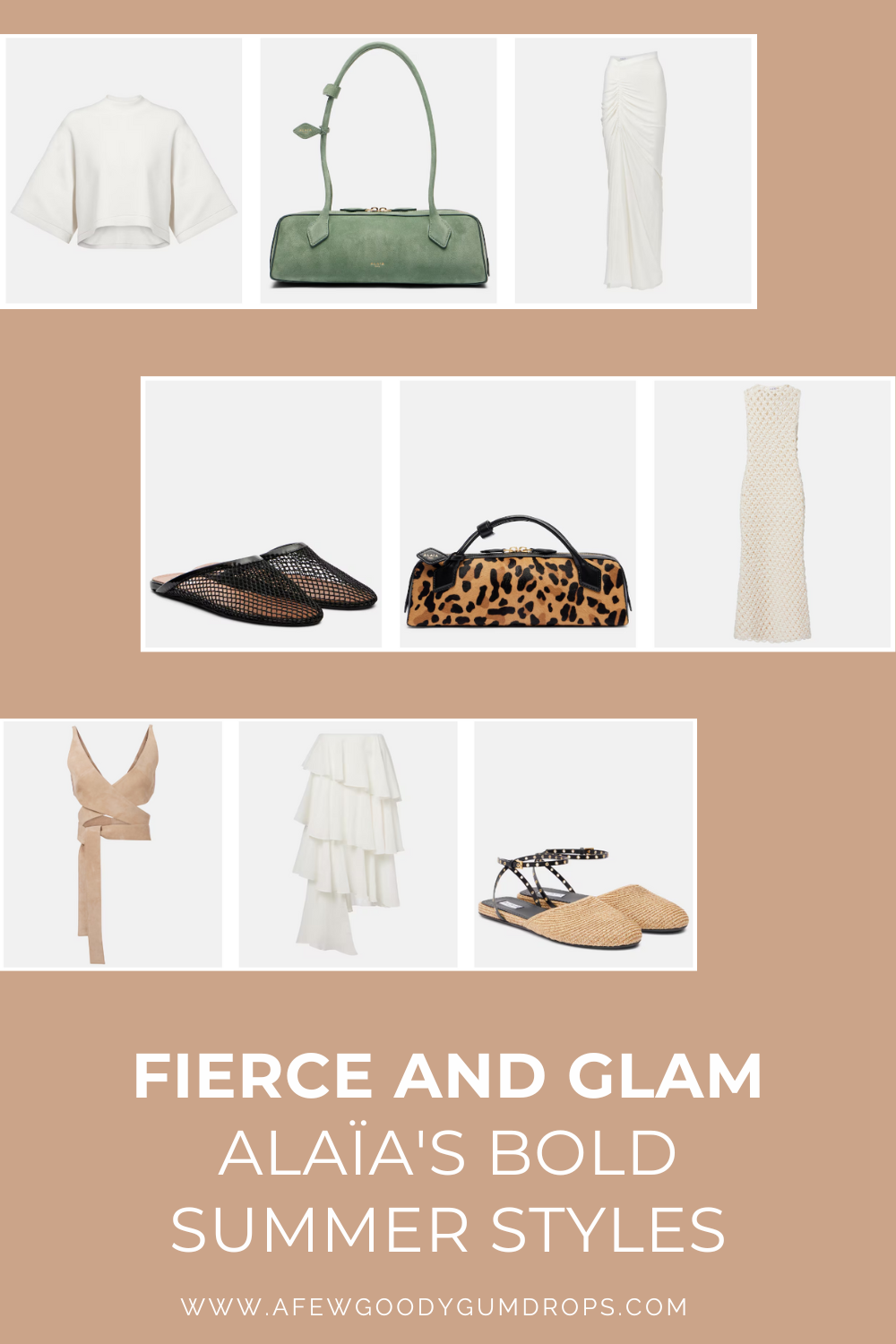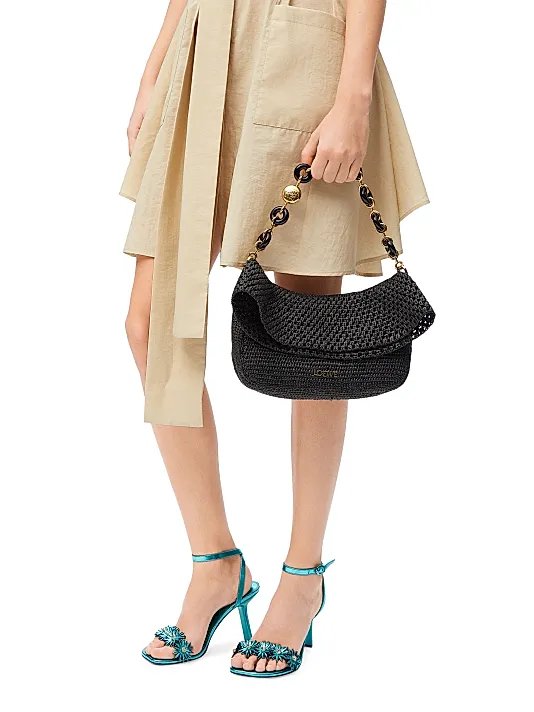Touching fabrics seems so old-fashioned when you discover what Japan‘s Hosoo has to offer: Fabrics that emit sound like a speaker, change color as temperatures rise and fall, glimmer mysteriously like aurora borealis, or blink rhythmically like the computers you see in sci-fi movies.
All were developed by the Kyoto-based firm with some high-tech partners that have helped it leapfrog from being a storied maker of the finest kimono fabrics, which it still produces, to exploring the outer reaches of textile possibility.
Many of those innovations will be on display during Paris Fashion Week as part of LVMH Métiers d’Art‘s strategic partnership with Hosoo. The craftsmanship hub of the French luxury giant will mount the third iteration of Hosoo’s “Ambient Weaving” exhibition at its storefront headquarters, dubbed La Main, at 69 Rue de Réaumur from Sept. 30 to Oct. 11.
The showcase, the first outside of Japan, is to include a contemporary tea room constructed of transparent gauze realized with silk and washi paper.
A temporary tea room made of textiles using the “sha” technique.
Courtesy of Hosoo
“We can use many kinds of threads. This is our strength,” says Masataka Hosoo, a 12th-generation member of the founding family and its current president and chief executive officer, during a swing through Paris.
Many of Hosoo’s experimental fabrics were realized by elaborating on the Nishijin technique developed over 1,200 years in Japan and incorporating as many as 9,000 threads for the warp. Hosoo has found that weaving thread-like strips of unexpected materials into the weft of its silks — anything from paper and gold leaf to LED — yields fabrics with unique ways of responding to changes in environmental conditions.
For example, panels of fabric on display at the company’s showrooms in Kyoto are shot with silver leaf that has been oxidizing for more than 40 years, its patina and texture forever evolving.

A worker operates a loom at Hosoo in Kyoto.
Courtesy of Hosoo
Established in 1688, Hosoo has recently been collaborating with the Yasuaki Kakehi Lab of the University of Tokyo, and Zozo Next Inc., a company that specializes in fashion tech R&D, to develop fabrics that meld traditional craftsmanship and cutting-edge tech.
A soft-spoken man dressed in a modernist version of a haori, Hosoo during the interview went in search of his laptop to show demos of the company’s color-changing, iridescent and sound-emitting fabrics.
“The textile becomes like a speaker with its vibrations,” he says of the latter, explaining that each weft becomes like a one-channel speaker. “Frequencies are limited,” he allows, describing the sound it produces as more tone poem than music.

A Hosoo fabric that emits sound, like a speaker.
Courtesy of Hosoo
Meanwhile, its experimental “pixel” fabric incorporates hundreds of LED lights that can be programmed individually to create mesmerizing patterns — like drone fireworks embedded in cloth.
Hosoo says all the fabrics going on display in Paris are still in the R&D phase, but he can foresee their eventual use in commercial products. “For example, the color-changing fabrics could be used for clothes,” he says. “We’ve had some good reaction from designers.”
To be sure, Hosoo has come a long way from being only a specialist in fabrics for kimonos and obi belts. In 2010, it developed wider looms that opened up multiple new markets, mainly interior design, but also high-end automobile interiors and collaborations with contemporary artists, including Teresita Fernández.
Hosoo’s sumptuous fabrics already decorate Dior boutiques and Bulgari hotels — both controlled by LVMH Moët Hennessy Louis Vuitton, which established its Métiers d’Art branch in 2015, and opened its five-story, storefront space earlier this year.
The space allows creatives across the LVMH ecosystem to discover the crème de la crème of tanned and exotic leathers, precious fibers and metalwork. Its broader mission is to exalt craftsmanship and manufacturing excellence for the industry and the general public. The building also houses offices, a showroom, event spaces and a material library.

Hosoo textiles woven with LED lights that can be programmed.
Courtesy of Hosoo
While kimonos are hardly a growing business, more of a treasured cultural item in Japan, they still represent about half of Hosoo’s business, with the remainder destined for interiors and other sectors.
Hosoo noted American architect Peter Marino was the company’s first overseas client. He was seeking exceptional fabrics for Dior boutiques.
The firm releases about 15 to 20 fabric collections a year, and participates in Milan Design Week each April.
Hosoo said his firm, which boasts an archive of 20,000 patterns, will continue to focus on new textiles, collaborate with talented creators and “develop new possibilities for the future.”
Indeed, one of its biggest projects to date is wrapping the exterior membrane of a futuristic pavilion for the 2025 Expo Osaka. Hosoo developed new 3D-mapping software and 7,000 square meters of a traditional Nishijin-ori brocade, executed in coated polyester rather than silk to withstand the weather.
“For us, this is a big challenge, because normally, it’s impossible,” he says with a smile.

A rendering of the pavilion under construction for the 2025 Expo Osaka.
Iida Group Holdings Co., Ltd

















